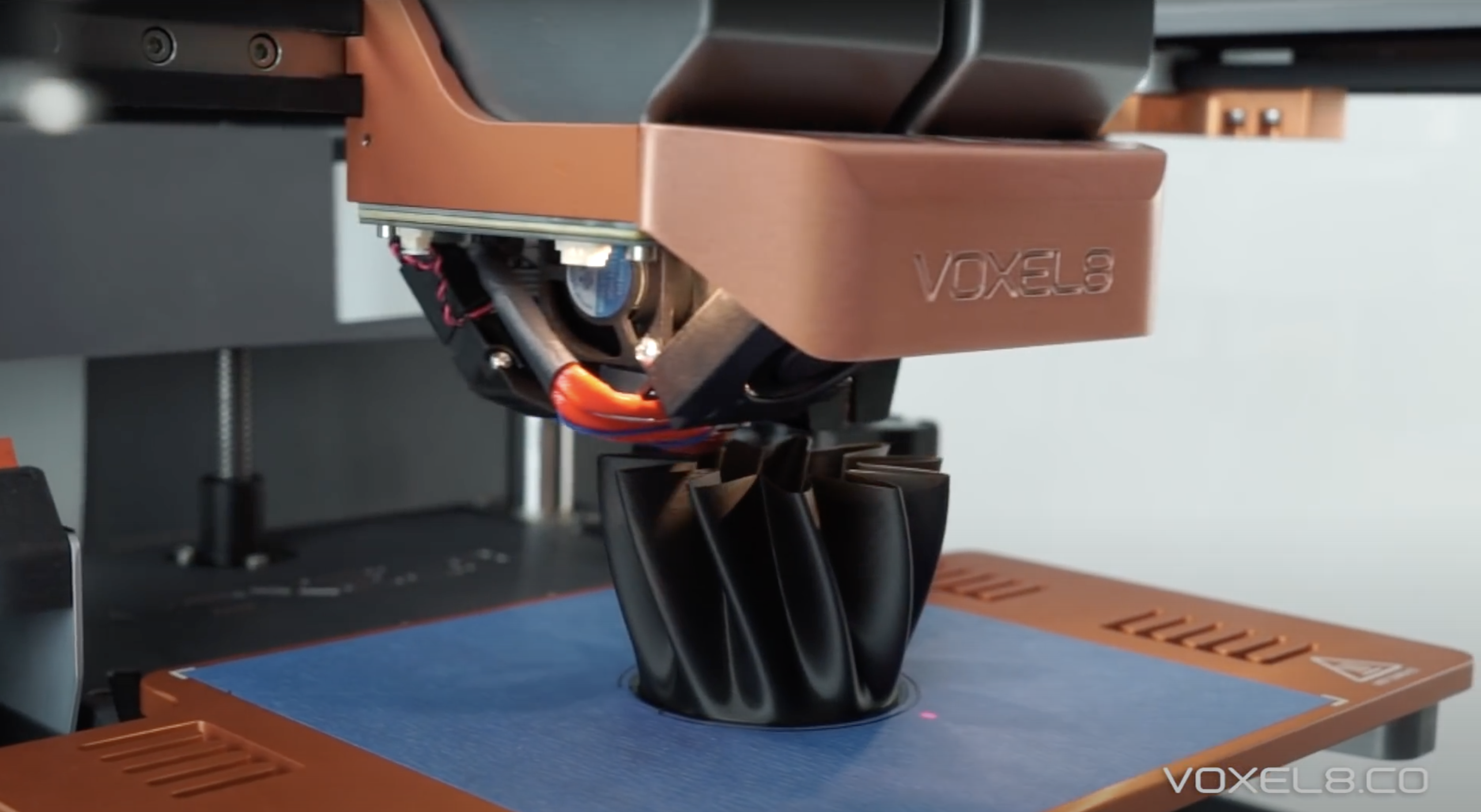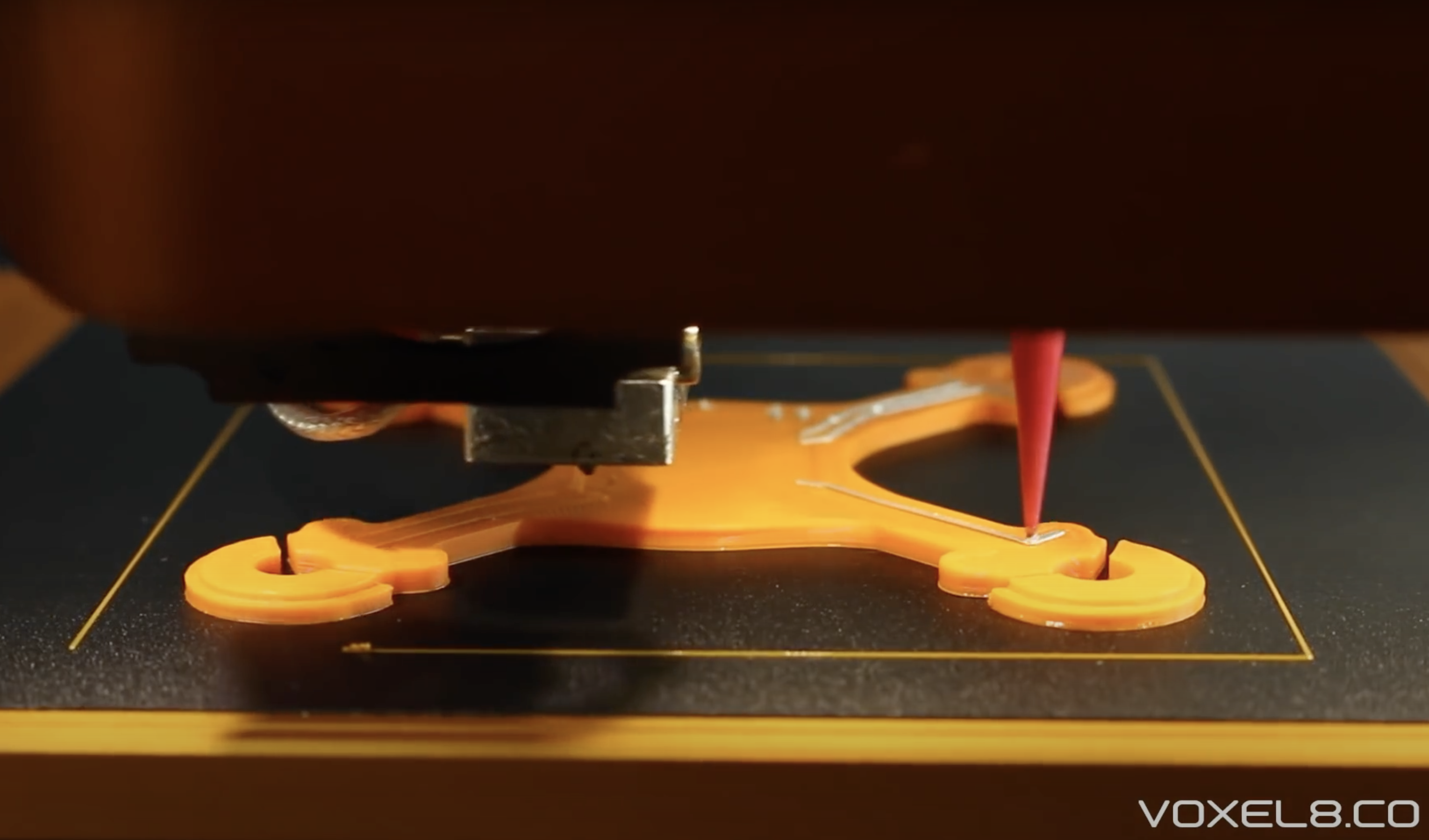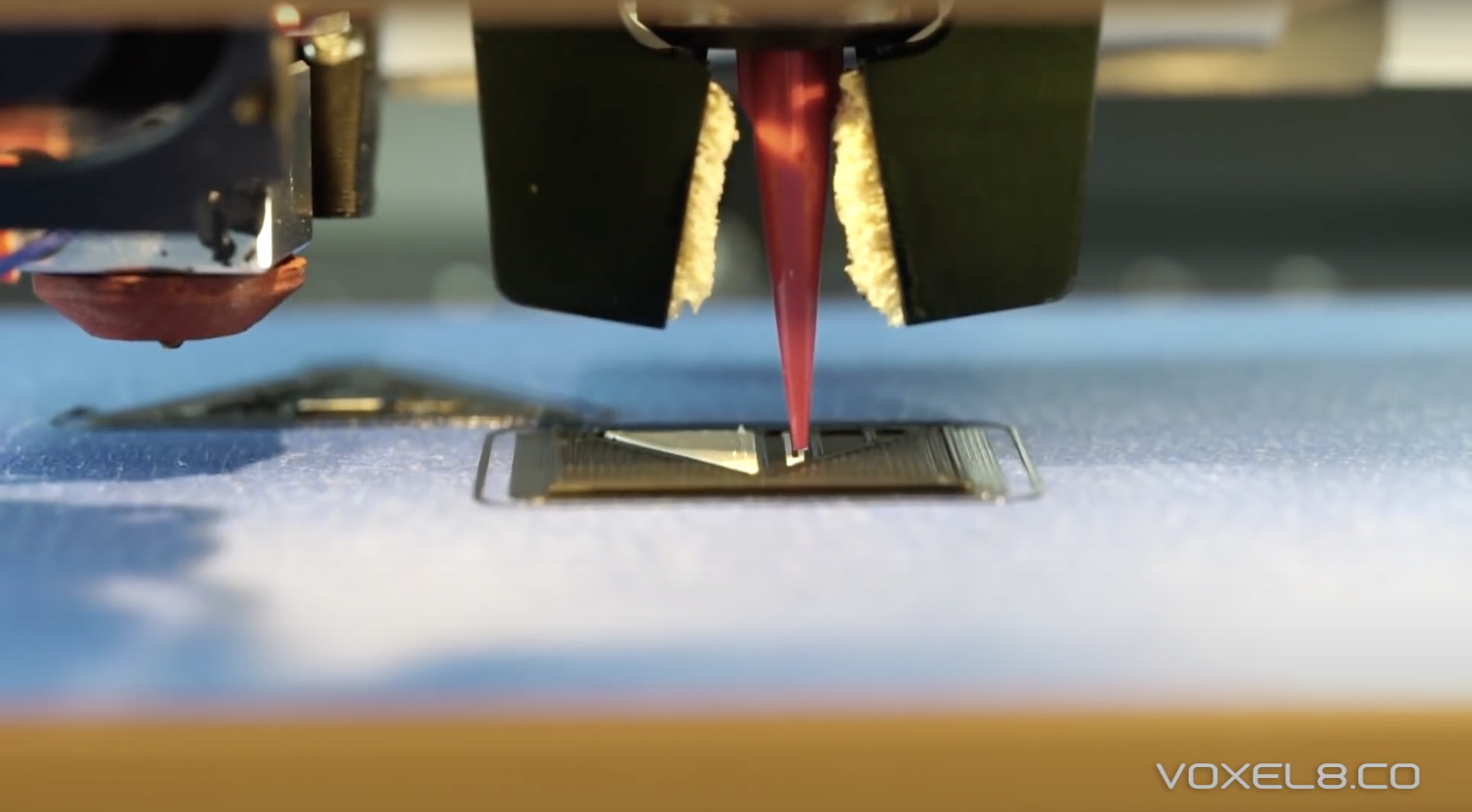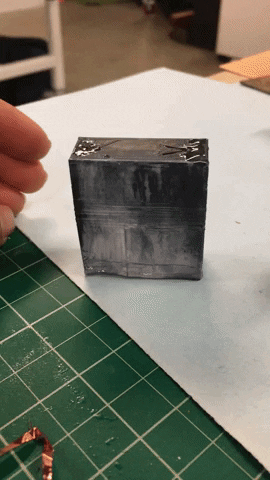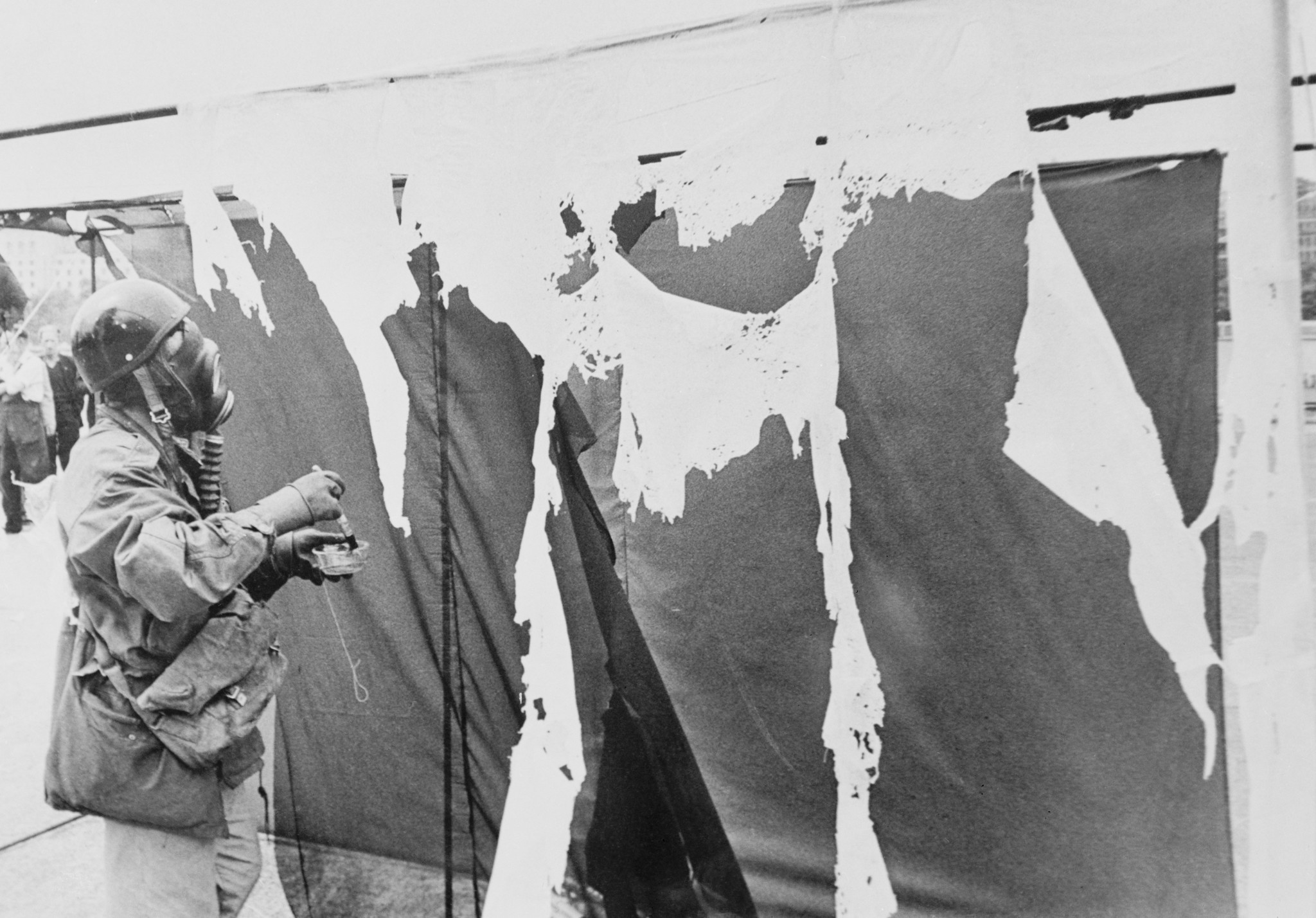
Designing for Un-Making
Jacobs Innovation Catalyst Spark Grant, Spring 2020

Inspiration
"Designing for Un-Making" seeks to build vocabularies and design tools for creating artifacts that un-make themselves over time. Gustav Metzger coined the term "auto-destructive art" in the 1960s as a new formal discipline that would allow artists to more closely engage with the temporality and content of their materials and sculptures, yet to date, there are no computational tools that allow artists to effectively create such art. The desire and need to create such tools to design for the destruction of objects is becoming especially relevant as the concerns around sustainability in makerspaces continue to escalate. While environmental responsibility is a growing consideration to designers today, many of the “eco-friendly” materials available offer little to no mechanical and aesthetic advantages over traditional 3D-printable materials. Even when biodegradable or compostable materials are chosen, their “un-making” is rarely considered, since there are no technological tools to enable designers to engage with the process of “un-making.” With this, designers remain focused on their final static form, leaving biodegradation inaccessible and restricted to industrial processing facilities only. We believe that creating tools for "un-making" will allow designers to work with biodegradable materials with a new perspective, providing a way for them to consider the sustainability and eventual mortality of their materials.
This site previews explorations in the controlled degradation of biodegradable 3D-printed materials as a first step towards this vision.

Hardware development
All artifacts shown here were printed with a retrofitted Voxel8 FDM 3D printer. One print head is configured to extrude conventional thermoplastic filaments, and the other head is outfitted with a syringe that can deposit liquid or gelatinous media at a rate controlled by a peristaltic pump. The basic idea is to print plastic artifacts with the first print head and to deposit a substance that selectively degrades the plastic with the second.
Biological degradation
Mycelium is the fibrous vegetative network that allows fungal colonies to absorb nutrients from its environment and plays a strong role in the degradation of organic matter in nature. Recently, mycelium has attracted great interest in the design community as a potential sustainable building material thanks to its high strength-to-weight ratio. We were interested in mycelium as a potential agent to degrade thermoplastic. We filled skeletal 3D prints with hemp hurds and mycelium spores to explore the evolution of the 3D print over time.
We used TimberFill, a PLA-based filament blended with wood particles (70%/30% PLA/wood), with the hopes that it might degrade more easily than PLA alone. Over the course of weeks, the mycelium engulfed the 3D prints and softened the structures. However, at the end of 1 month, the mycelium had not fully digested any part of the structure, nor had the mycelium itself degraded. Future work in this area would include encouraging more complete degradation of the filament (possibly by blending it with more organic material) and also incorporating biological agents that could degrade mycelium once the mycelium has grown onto the original thermoplastic structure.
Dissolution
Polyvinyl alcohol (PVA) is a commonly used support material in FDM 3D printing, largely because it can be easily removed by simply dissolving in water. We used PVA as a building material, creating hollow joints filled with a loose water/agar agar jelly with the thought that these would be points at which structures would separate as the joints dissolved away.
However, the water-filled joints that we printed did not completely dissolve away. Rather, the PVA absorbed the water over the course of a few hours, swelling and eventually splintering along an unspecified print line. More work is needed to determine if print thickness, post-processing parameters, etc. may help to produce neater, more controllable breakage.
Sudden breakage
Poly-lactic acid (PLA) is perhaps one of the most commonly used FDM 3D printed materials and is marketed as biodegradable, but in reality, the degradation of PLA requires industrialized composting facilities with special conditions. We attempted to fill PLA prints with a variety of potentially degrading biological agents, such as mycelium and proteinase K, a protease extract from a fungal digestive enzyme, but prints made with commercial PLA filament showed no noticeable degradation over months. We then turned to exploring other modalities of destruction that might be used to induce the controlled breakage of PLA.
Gas-producing reactions
One such idea was to create 2 chambers within a structure and fill each with a reactant that produce a gas when mixed, eventually bursting apart the structure containing them. When the structure is initially fabricated, the reactants are separate, and when the structure is tilted, the reactants are allowed to mix. We tested this idea using baking soda and vinegar, which combine to create carbon dioxide.
The reaction did indeed produce gas that built pressure within our test structures, but the pressure would cause a small pinhole defect (between 2 print layers) and release through the hole, leaving most of the structure intact. Moving forward, we might want to investigate faster, more violent reactions or fabrication methods that are less prone to uncontrolled weak points (e.g. SLA printing).
Future work
In addition to continuing to search for degradation/destruction mechanisms that might better illustrate our vision, we aim to create a CAD plug-in that enables designers to create "auto-destructive" artifacts simply by specifying what parts should degrade and how.
Team
 Katherine Song is a first-year PhD student in Computer Science at Berkeley. She works with Eric Paulos in the Hybrid Ecologies Lab and is also part of the Berkeley Institute of Design and the Berkeley Center for New Media.
Katherine Song is a first-year PhD student in Computer Science at Berkeley. She works with Eric Paulos in the Hybrid Ecologies Lab and is also part of the Berkeley Institute of Design and the Berkeley Center for New Media.
